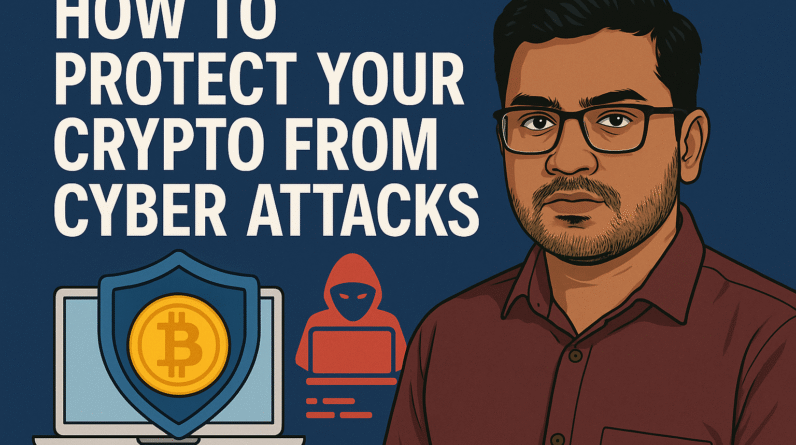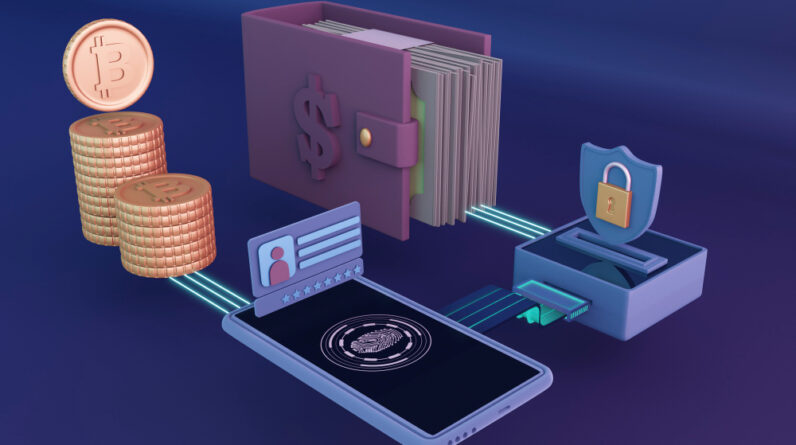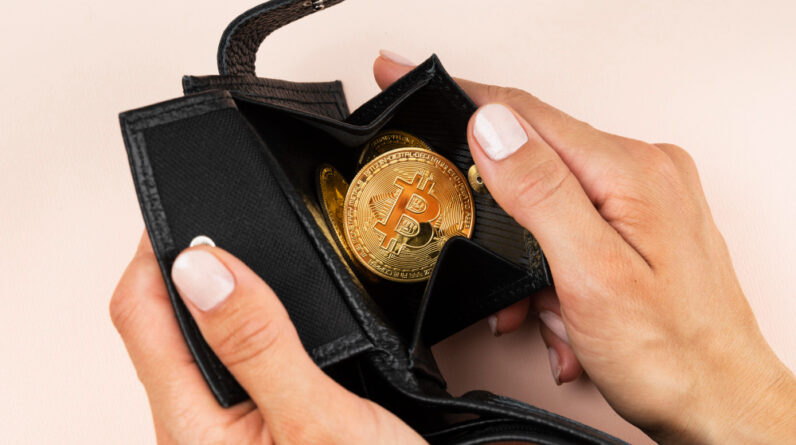Cryptocurrency is exciting, but it also comes with risks. Scammers and hackers are always looking for ways to steal your digital assets. If you own Bitcoin, Ethereum, or any other crypto, it’s essential to know how to protect your crypto from scams and hacks.
In this guide, we’ll walk you through smart steps you can take to keep your crypto safe in 2025 and beyond.
Why Crypto Is a Target for Scammers
Unlike your bank account, crypto wallets don’t have customer support or fraud protection. Once your funds are stolen, they’re usually gone for good.
Here’s why scammers love targeting crypto holders:
-
No chargebacks like credit cards
-
High anonymity on the blockchain
-
Many users are new and uninformed
That’s why you must stay alert and learn how to protect your crypto from scams and hacks.
1. Use a Hardware Wallet
The best way to protect your crypto from scams and hacks is to store it offline. Hardware wallets (also called cold wallets) keep your private keys offline, safe from hackers.
Popular Hardware Wallets:
-
Ledger Nano X
-
Trezor Model T
-
Coldcard
Avoid keeping large amounts of crypto on exchanges or mobile wallets.
2. Beware of Phishing Attacks
Phishing is one of the most common ways people lose their crypto. These scams trick you into entering your private keys or seed phrase on fake websites.
How to Stay Safe:
-
Double-check URLs before entering info
-
Never click suspicious links in emails or messages
-
Bookmark official sites (e.g., exchange or wallet login pages)
One click on a fake link can cost you everything. It’s a huge step to protect your crypto from scams and hacks.
3. Keep Your Seed Phrase Offline
Your seed phrase is the master key to your wallet. If someone gets it, they can steal all your funds.
Best Practices:
-
Write it down on paper, not your phone or computer
-
Store it in a safe place (like a fireproof safe)
-
Never take a photo of it
Remember: sharing your seed phrase is like handing over your wallet. Don’t do it — it’s critical to protect your crypto from scams and hacks.
4. Enable Two-Factor Authentication (2FA)
Two-factor authentication adds an extra layer of security. Even if someone gets your password, they can’t log in without the 2FA code.
Use 2FA apps like:
-
Google Authenticator
-
Authy
-
YubiKey (for hardware-based 2FA)
Always enable 2FA on your exchanges, wallets, and email accounts to protect your crypto from scams and hacks.
5. Avoid Suspicious Projects and Giveaways
Scammers often create fake tokens, pump-and-dump schemes, or “too good to be true” giveaways on social media.
Red Flags:
-
Promises of guaranteed returns
-
Requests for seed phrases or private keys
-
Messages from fake influencers or impersonators
When in doubt, do your own research (DYOR). Trust only verified projects and platforms to protect your crypto from scams and hacks.
6. Keep Software Up to Date
Outdated apps and wallets can have security holes that hackers can exploit.
What to Update:
-
Wallet apps and firmware
-
Browser extensions (like MetaMask)
-
Antivirus software
Staying updated is a simple but effective way to protect your crypto from scams and hacks.
7. Use a Dedicated Crypto Device (Optional)
If you’re a serious investor or hold a large portfolio, consider using a separate phone or computer just for crypto. This reduces the risk of malware or keyloggers.
-
No browsing, no social media — only crypto
-
Install only trusted apps
-
Keep it offline when not in use
It’s an advanced step, but it can help protect your crypto from scams and hacks at a higher level.
Final Thoughts
The crypto world is full of opportunities, but it’s also full of risks. By following these simple steps, you can stay ahead of scammers and hackers. Always remember: protect your crypto from scams and hacks by taking your security seriously.
Quick Recap:
-
Use a hardware wallet
-
Watch out for phishing
-
Never share your seed phrase
-
Enable 2FA everywhere
-
Avoid shady projects
-
Keep everything updated
-
Use a dedicated device (if possible)
When it comes to crypto, being cautious isn’t paranoid — it’s smart.






